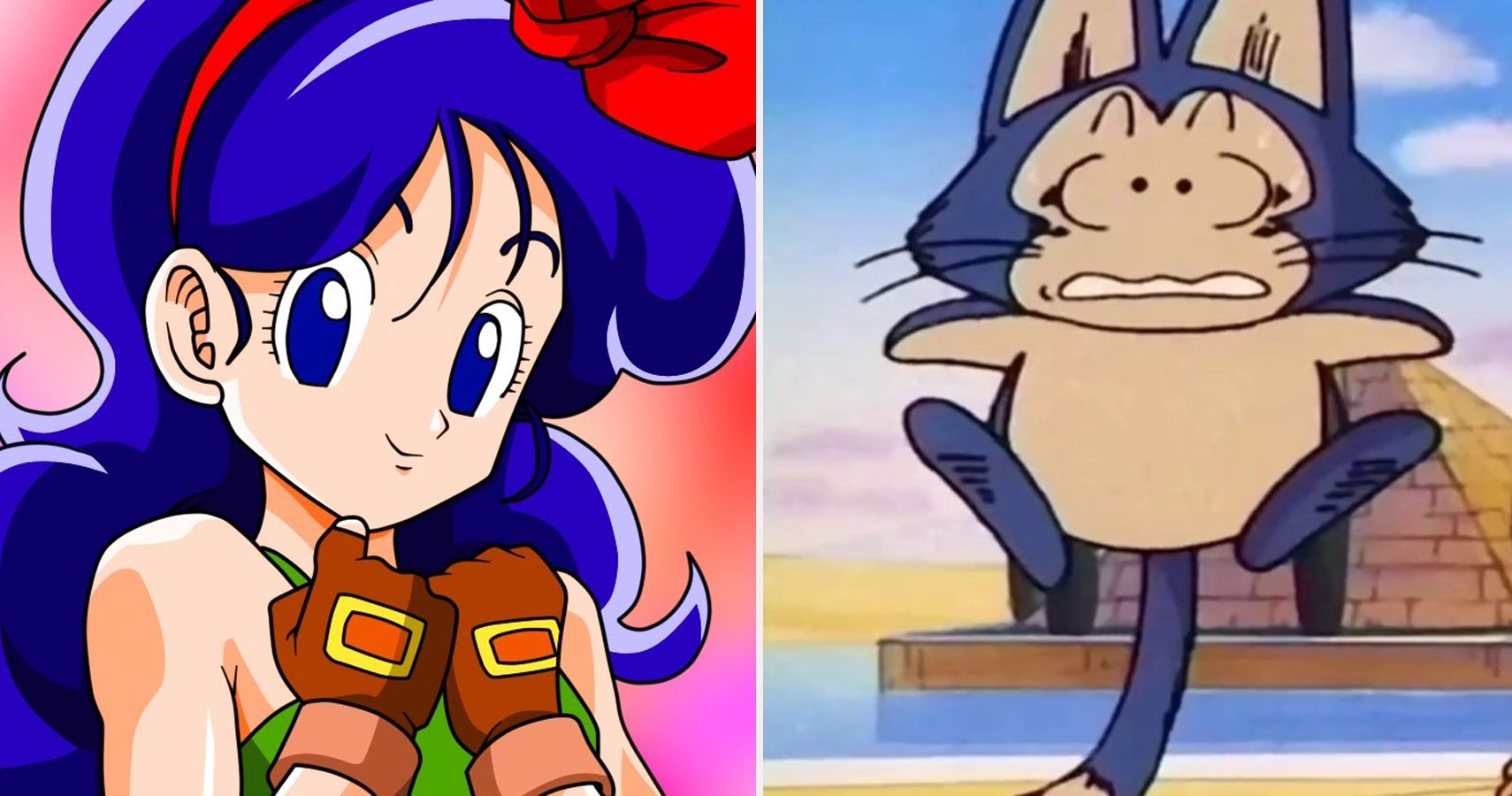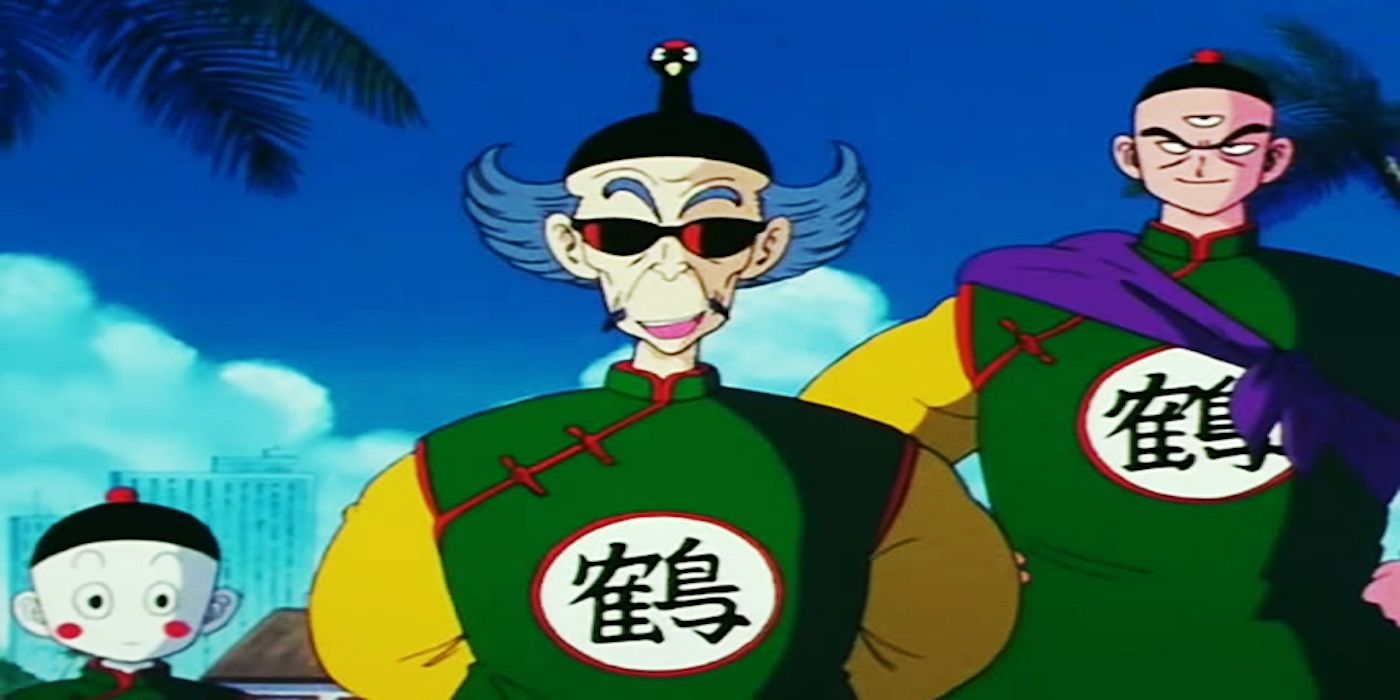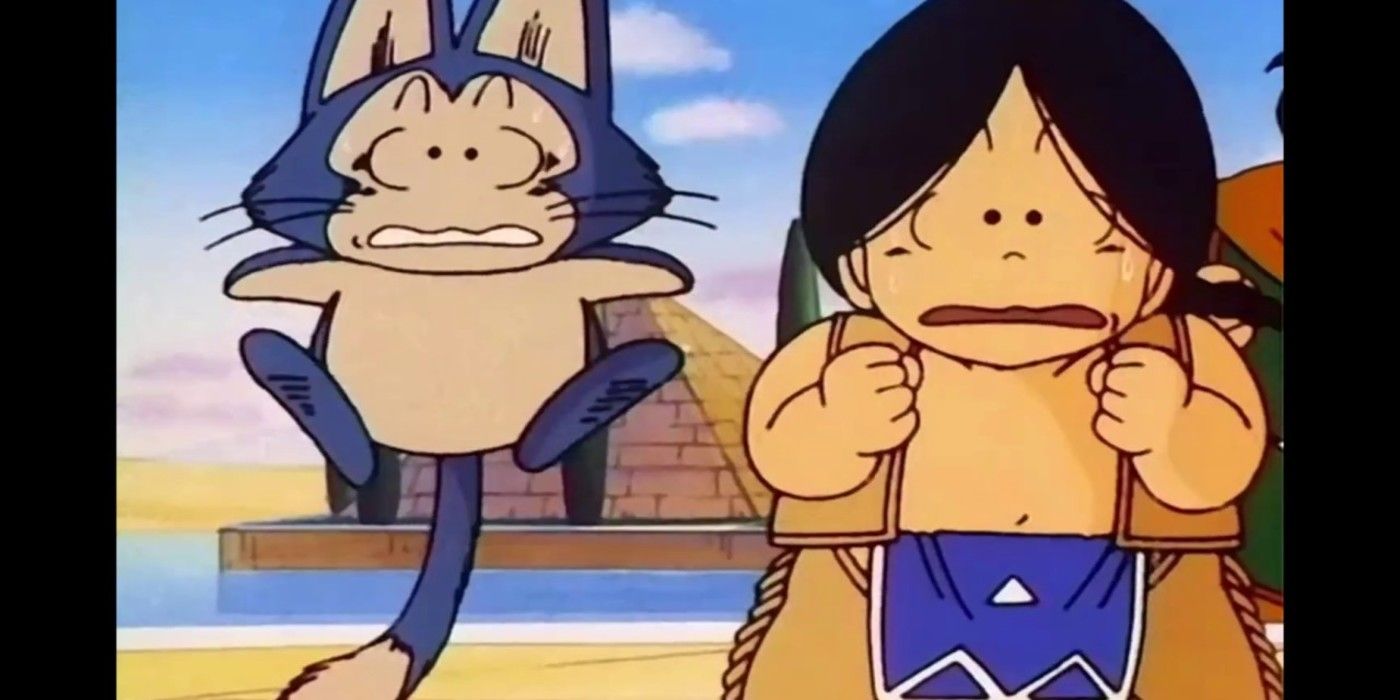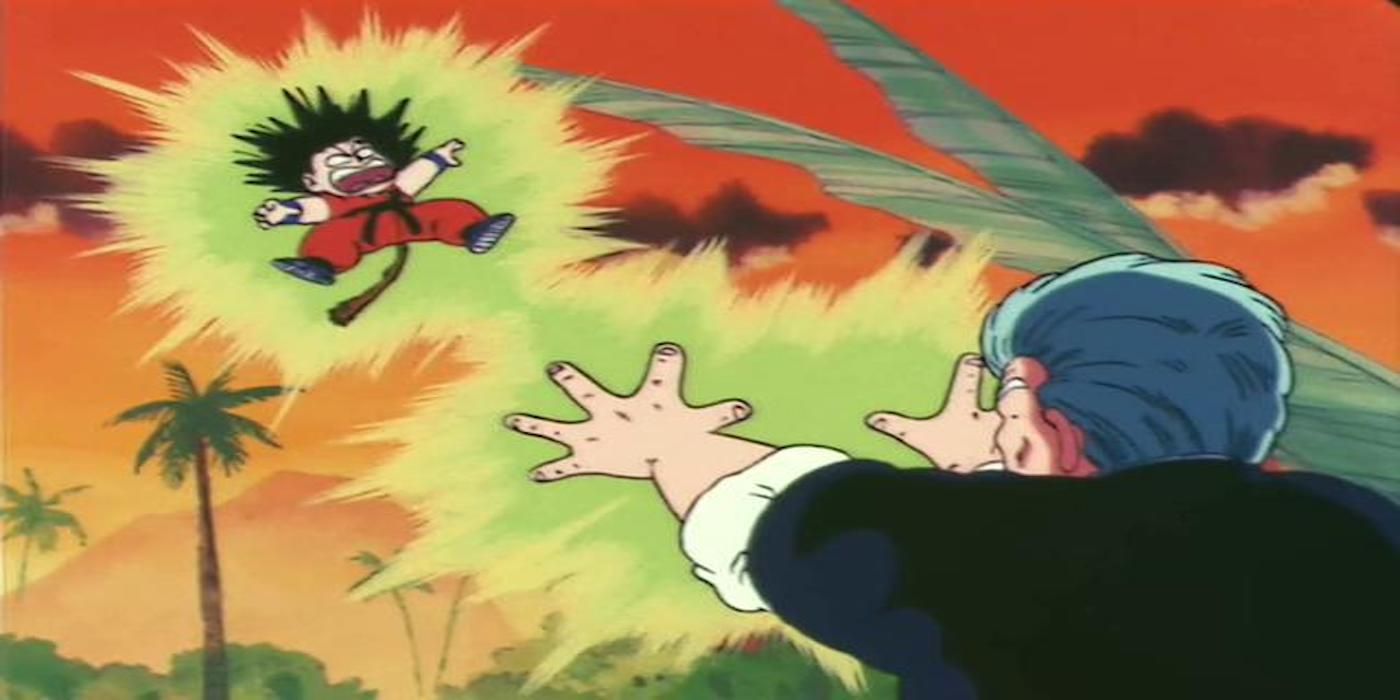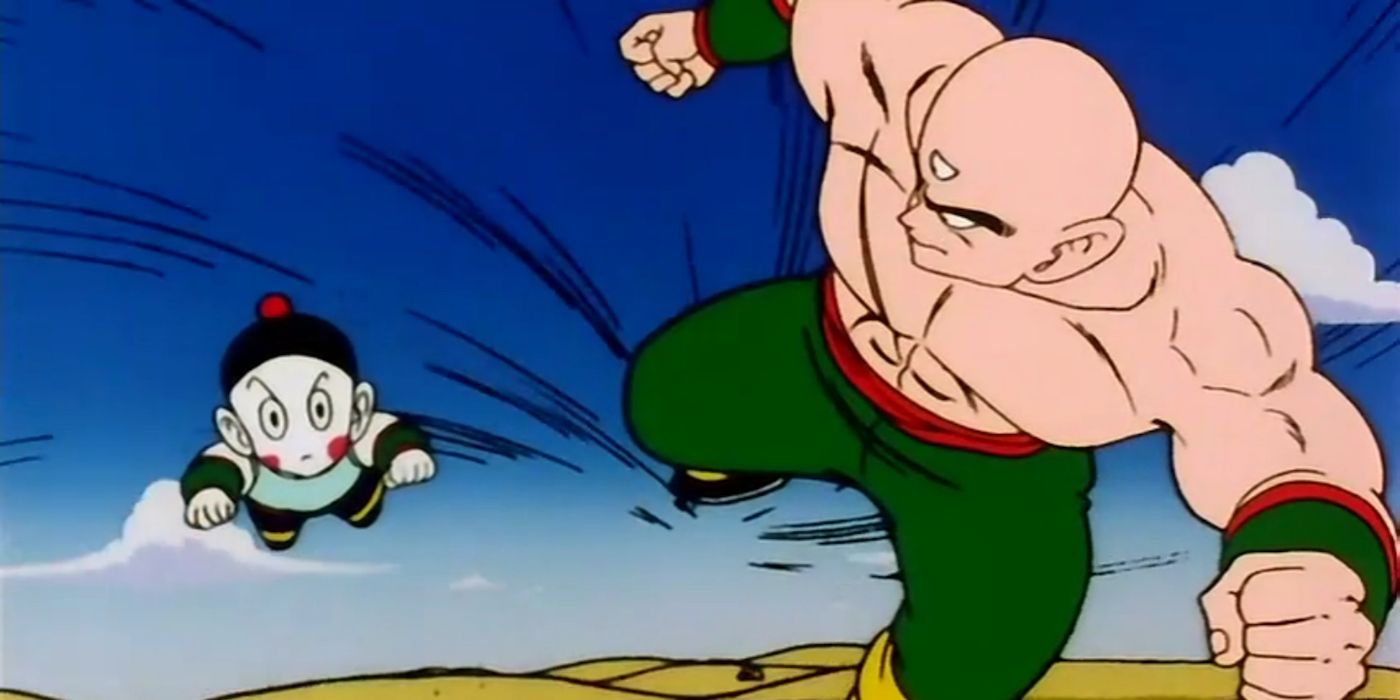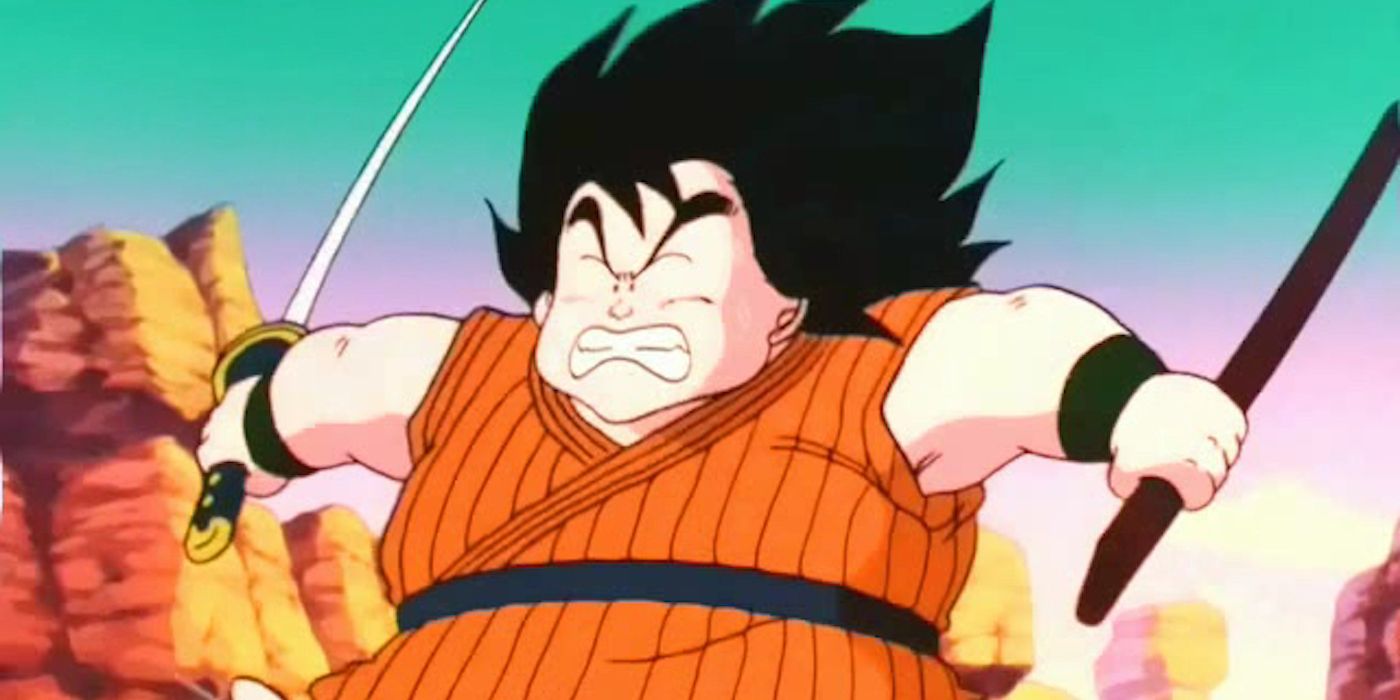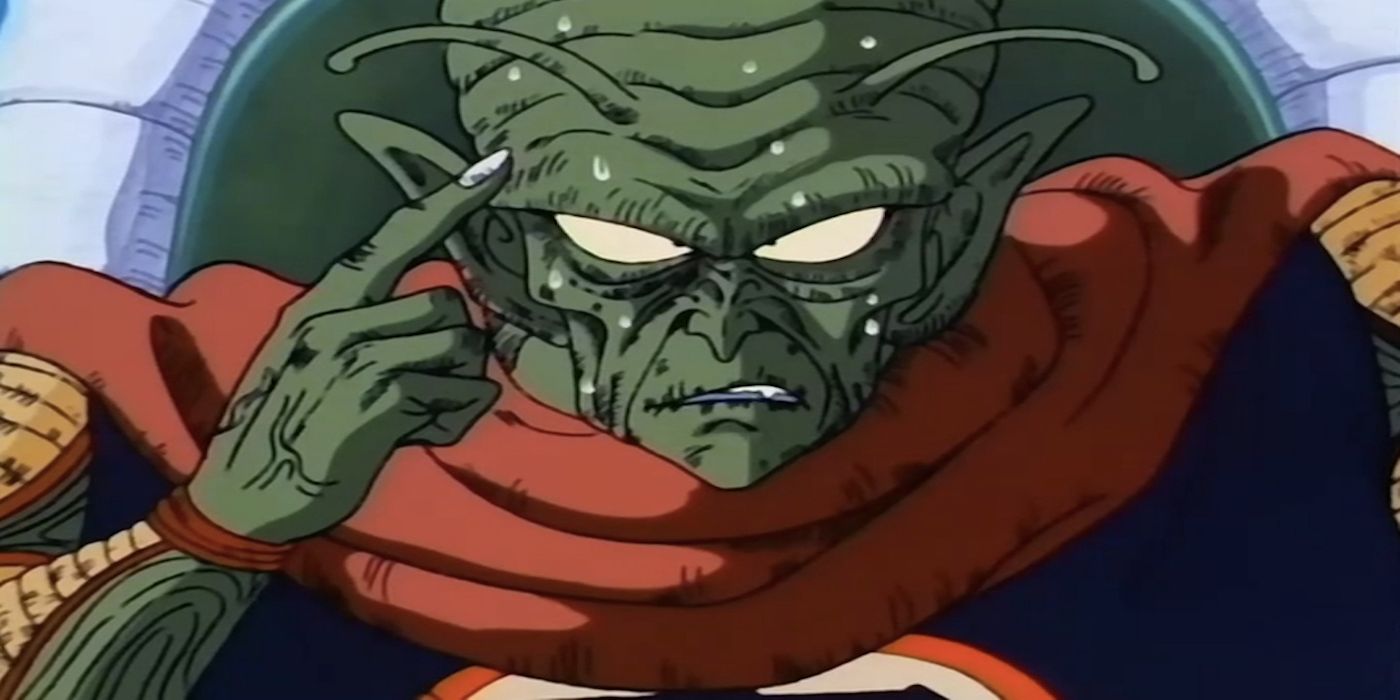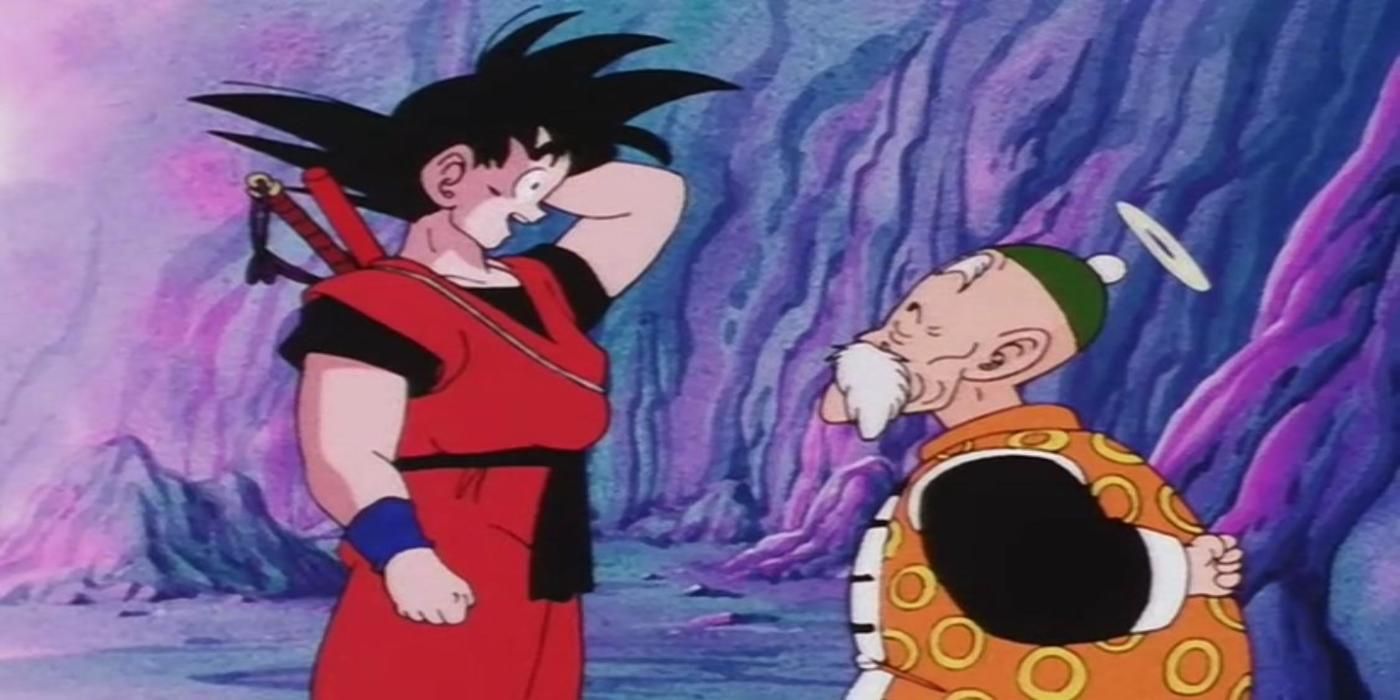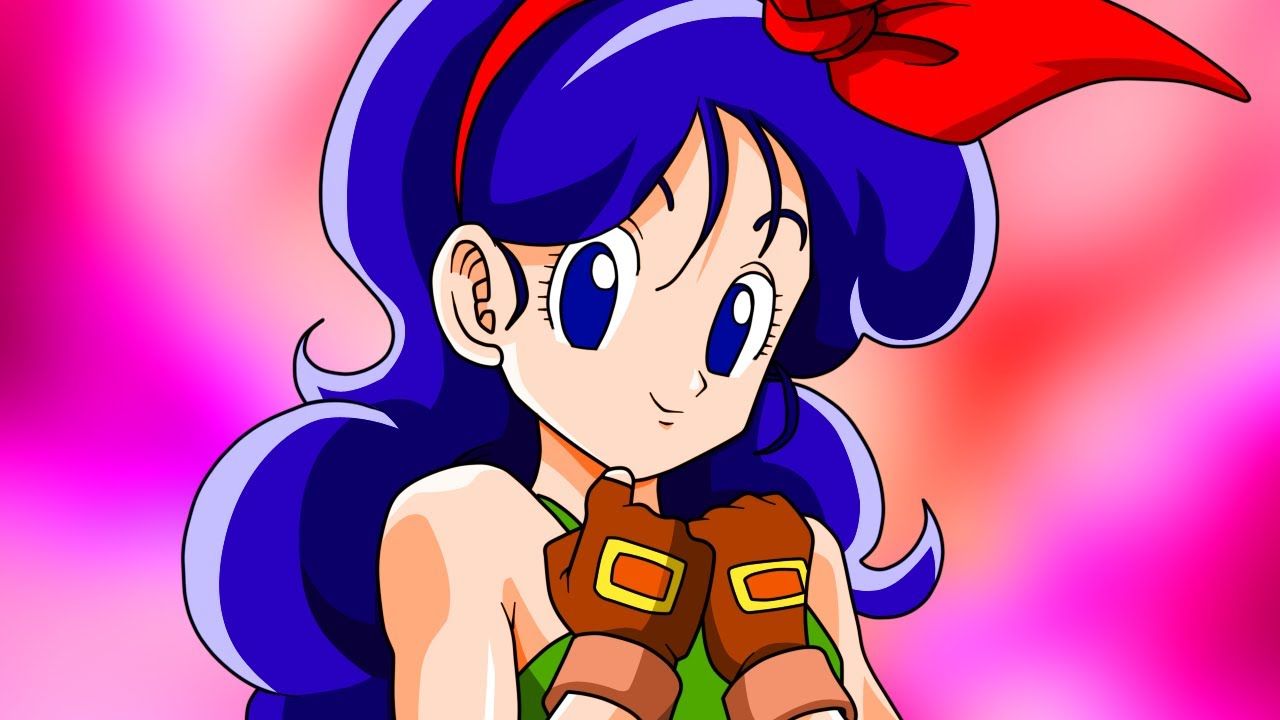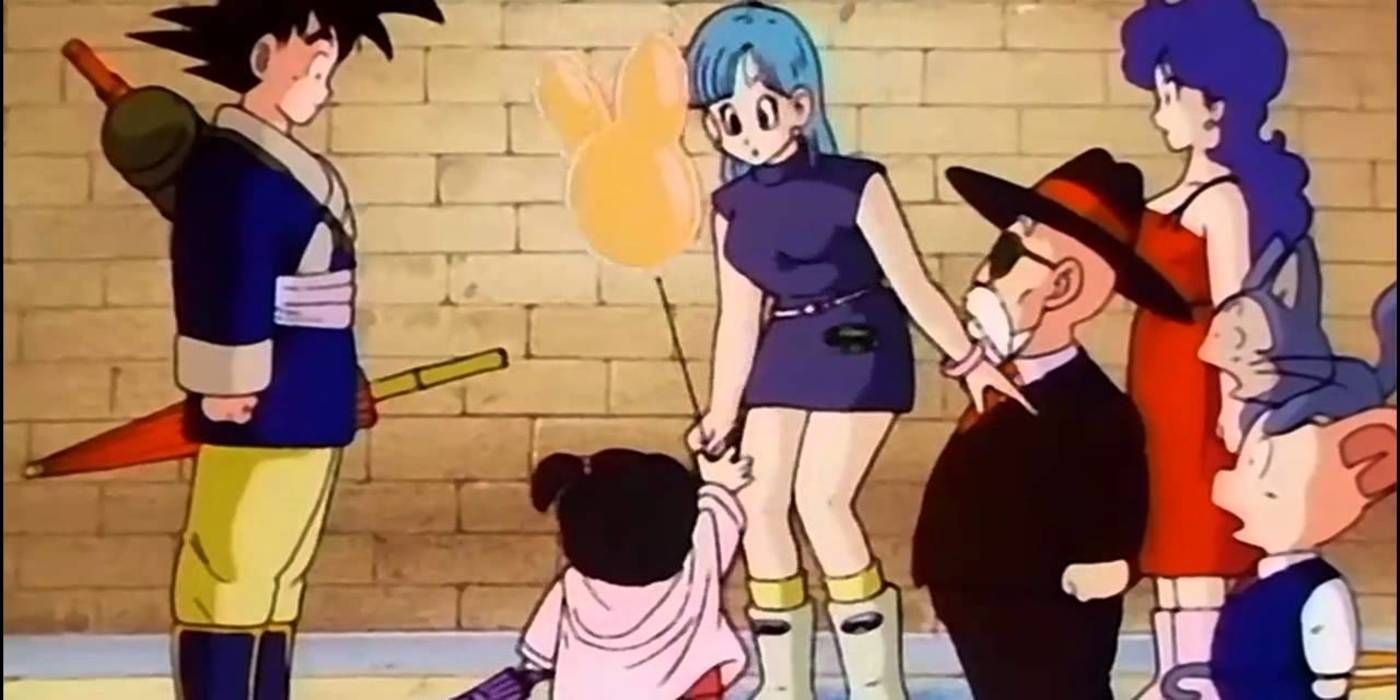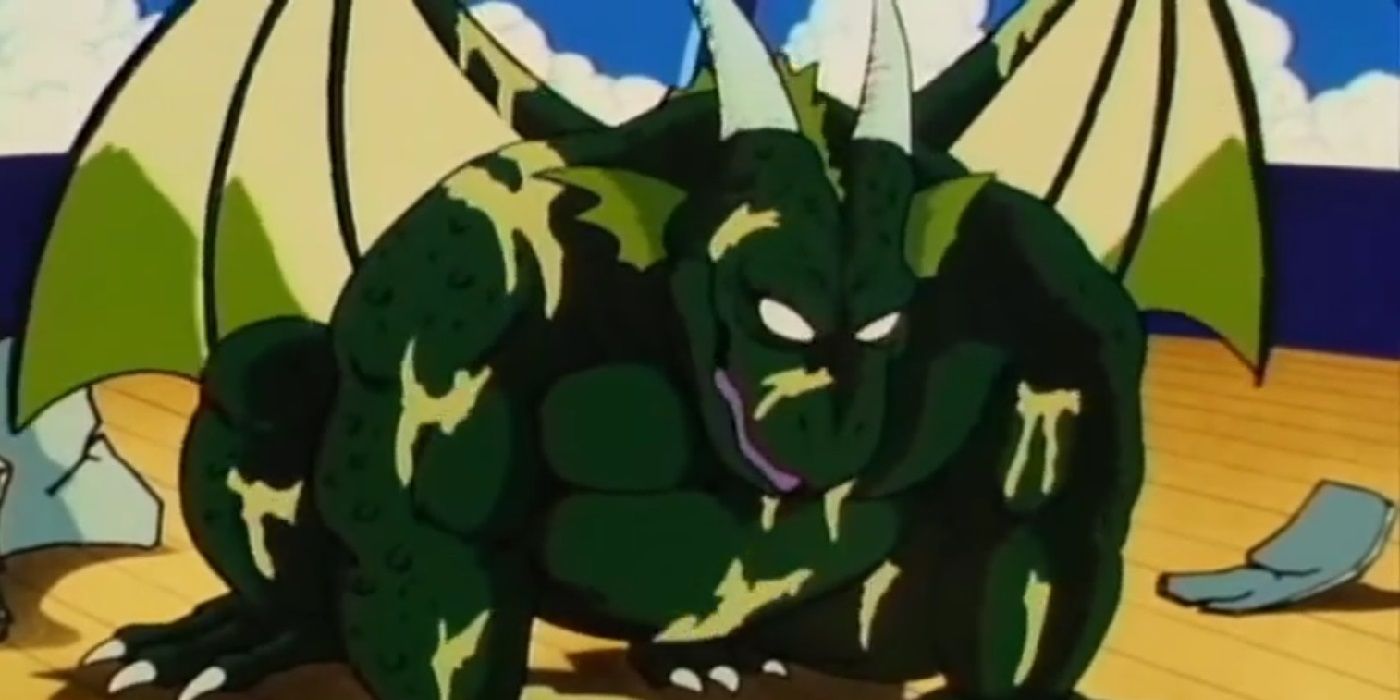It’s no secret that Akira Toriyama wrote Dragon Ball on the fly from week to week, but it’s at least assumed that the series was written a bit tighter before the Z-era began in earnest. While this might seem true, it’s really only accurate for the adaptations. In the manga, Dragon Ball had already found its consistent groove by the time Tao Pai Pai was introduced.
This does also mean that the original Dragon Ball (from Goku meeting Bulma to him flying off with Chichi after the 23rd Tenkaichi Budokai) doesn’t end up resolving every story it starts. To its credit, Toriyama actually does try to tie up loose ends with both Piccolo-centric arc, but not everything gets resolved or carried over into DBZ.
The Crane School’s Revenge
From a thematic angle, the Crane School serves its purpose in the original Dragon Ball. They’re foils to the Turtle School during the 22nd Tenkaichi Budokai and actively help Tenshinhan’s character arc during the 23rd Tenkaichi Budokai. As Tenshinhan defeats Tao Pai Pai, Tsuru Sen’nin vows to get his revenge.
But he never does and he’s never mentioned again by anyone for the rest of the franchise. After this point, Tenshinhan’s arc is basically done. He’s a present character the end of the Cell arc, but it’s clear there’s no story left to tell— except the story that wasn’t told.
Upa’s Development
At the end of the Red Ribbon Army arc, Bora specifically says that he wants Upa to grow up and live like Goku does. Naturally, this sets up Upa straying the course from Bora and becoming his own man. Unfortunately, while he does appear two more times before the series’ end, Upa never amounts to anything.
There’s never any indication that he’s begun living life like Goku and it’s even implied visually that he never left Bora’s side— staying in the Sacred Land of Karin, unlike Goku who traveled the world. At the same time, there wasn’t much story to tell with Upa so it makes sense that Toriyama would leave this less of a thread and more of a nice note to end their role in the story on.
Jackie Chun’s Identity
Obviously everyone reading and watching Dragon Ball knows that Muten Roshi is Jackie Chun, but none of the major characters except for Tenshinhan ends up figuring this out. Goku never even references Jackie Chun during the 23rd Tenkaichi Budokai despite Tenshinhan asking Roshi if he’ll enter.
Then again, this is kind of the point. Jackie Chun formally retires midway through the 22nd Tenkaichi Budokai. As he dies in the Piccolo Daimao arc, he formally passed the torch onto the next generation, effectively removing him from the story narratively. Everyone finding out Chun’s identity would have made sense, but this is a cleaner resolution to the storyline. Even if it isn’t one.
Tenshinhan And The Mafuba
Tenshinhan spends an almost uncomfortable amount of time training with the Mafuba during the Piccolo Daimao arc only for Toriyama to reveal that he had broken the electric kettle he was practicing with. This adds more tension to the final showdown and allows Goku to immediately take the spotlight, but it’s just a sour note to leave Tenshinhan on.
The anime at least has him fighting and succeeding to seal Drum. Other than that, though, there’s not much Tenshinhan does with the Mafuba. It’s frustrating that Toriyama would dedicate so much time to this plot only to have Tenshinhan fail before he can even try— though that was perhaps Toriyama’s way of ensuring Ten stayed alive.
The Perceived Importance Of Yajirobe
Yajirobe is introduced with quite a lot of fanfare during the Piccolo Daimao arc and Goku even comments how he sounds like Kuririn (in the manga of all things), suggesting that Yajirobe was being propped as the Kuririn analog while he was dead. Goku even mentions how Yajirobe is the strongest person he’s met.
Yajirobe even manages to effortlessly kill one of Piccolo’s demons! Only for Yajirobe to spend the rest of the franchise refusing to contribute as much as possible. It’s frankly quite strange that Toriyama would build up a character so much, have him help Goku in a crucial moment, and then never do anything with him again.
Life After Piccolo Daimao
Piccolo enslaved the world and destroys an entire city on live television, and… Dragon Ball never deals with that. At least not correctly. It’s acknowledged, but that’s that when Piccolo Daimao’s defeated. Which is strange because the Piccolo Daimao arc is defined by its world-threatening scope.
For the arc to have virtually no major consequences on an Earthly level is questionable. At the same time, Dragon Ball is a very character-driven series and Toriyama doesn’t seem the kind of writer to stress those little details in the background. Piccolo took over the world, he was defeated, and that’s all the audience needs to know about that.
Gohan In The Afterlife
At the end of Uranai Baba’s little tournament, Grandpa Gohan wishes Goku off by saying that he’ll see everyone again in the Afterlife. This is the first time the series expands its concept of life after death, and it’s what ultimately ends up justifying Goku training in Heaven in the Saiyan arc.
But Goku never sees Gohan in the Afterlife either time he’s dead. It makes sense he wouldn’t in the Saiyan arc, but the Cell arc, too? Now that just seems strange, even for Goku. Even more interestingly, Goku outright mentions Grandpa Gohan in the Saiyan arc while fighting Vegeta so Toriyama didn’t forget.
Lunch Who?
Toriyama also didn’t forget Lunch, but that’s not the point here. Rather, it’s worth discussing how Toriyama doesn’t give Lunch anything to do throughout the entire run of Dragon Ball. He even wrote her out at the start of the Saiyan arc simply because she’d been tagging along without contributing since the 21st Tenkaichi Budokai.
Stop to think about Lunch’s role in the series and it doesn’t take long to realize that she never evolved beyond a gag character. Which isn’t a bad thing, but Dragon Ball isn’t quite Dr. Slump and it developed its own style very quickly. Lunch feels archaic in the series’ she’s supposed to be a major character in.
Son Goku, God Of Earth
Dragon Ball (almost) ends with Goku rejecting Kami’s offer to become the God of Earth. Goku isn’t someone who can be tied down and it’s a great note to end his pre-Saiyan arc character development on. It’s still a weird moment that begs the question: why didn’t Kami offer the position of God to anyone else?
By the time they’d trained with Kami, all the Earthlings had already surpassed Goku at the 23rd Tenkaichi Budokai. Even Muten Roshi could have been a decent God (though he likely would have rejected the offer.) Goku seems like a bizarre choice, and that it’s never referenced again is even stranger from a narrative perspective.
Demon Mythology
The demon lore ends up becoming a pretty big deal in Dragon Ball once Piccolo Daimao is introduced. It widens the series’ scope immensely and introduces a unique element to the franchise. Unfortunately, demons die with Piccolo Daimao. While Majunior does embrace his demon heritage, it doesn’t take long for the mythology to fall apart.
The 23rd Tenkaichi Budokai tries to add a heavenly side to it all through Kami, but Toriyama notably had already known he wanted Piccolo and Kami to be aliens at this point— that’s why they speak in the proto-Namekian language during the tournament. Naturally, this meant that any demonology had to go.

